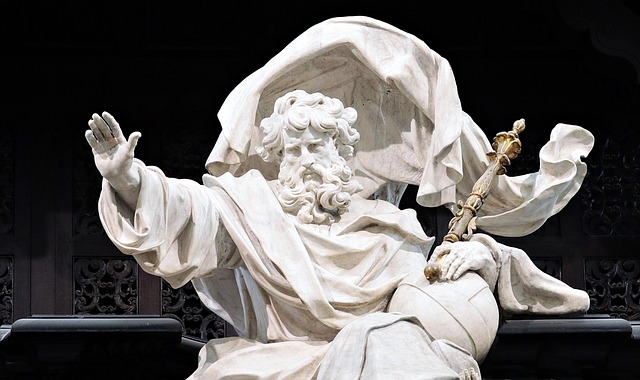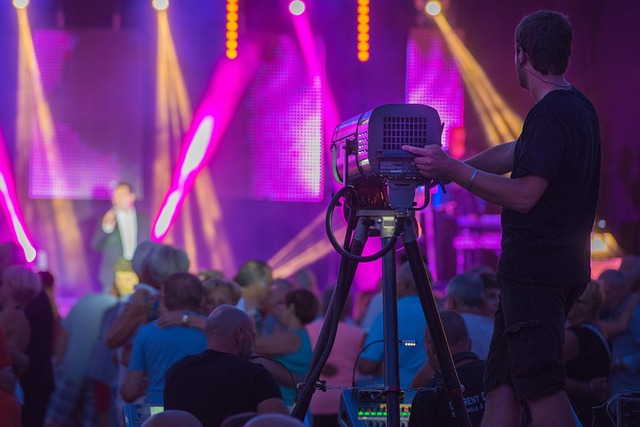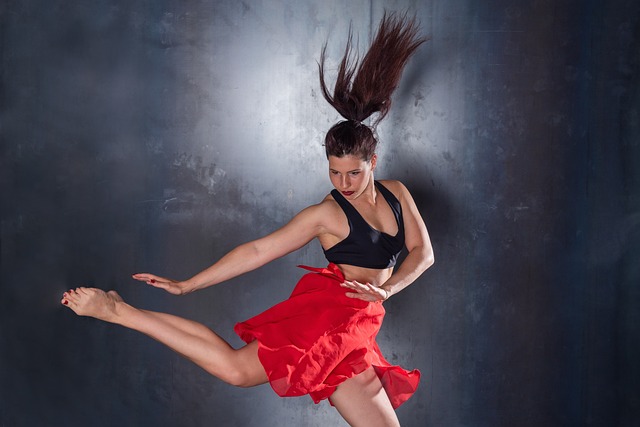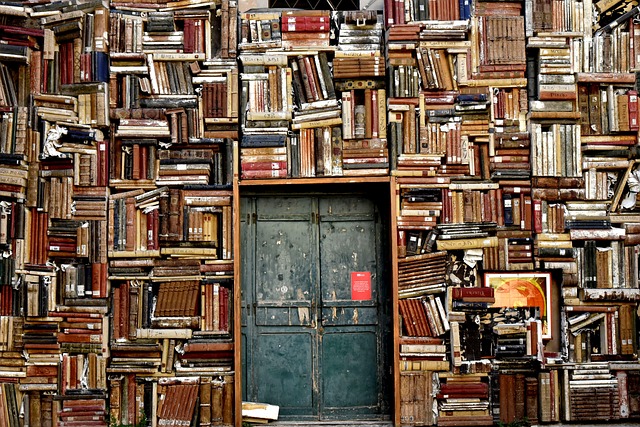Theatre is often viewed as a singular art form, a space where actors perform in front of an audience, but at its heart, it is a complex tapestry woven by many hands. Each thread contributes to the vibrant picture that comes to life on stage. This is where the idea of the co-creator finds its greatest power, inviting various talents to collaborate in a way that enhances the overall narrative and experience.
Imagine stepping into a bustling rehearsal room, full of energy and anticipation. Here, directors, actors, writers, designers, and technicians unite, each one a vital co-creator in the theatrical journey. This collaborative essence is what makes theatre unique; it thrives on the synergy of diverse talents and ideas. Every individual shoulders the responsibility of not just their own role but also contributes to the broader vision. It is this combined effort that transforms mere words on a page into a living, breathing story.
The role of a co-creator in theatre can take many forms. Consider an actor who interprets a character in a way that deviates from the script, adding unexpected depth and nuance. This organic creativity ignites discussions among the cast and crew, influencing how scenes are staged and ultimately altering the audience’s perception. It is a reminder that the magic of theatre is not predefined; it evolves through collaborative exploration.
Writers, too, play a critical role as co-creators. Their words serve as the initial spark, but when actors bring those words to life, they coalesce into a shared experience. A playwright might craft a monologue with emotional depth, but it is the actor who must breathe life into it, interpreting the text and making it their own. This interplay is where true creativity flourishes, allowing every performance to differ and resonate uniquely with audiences.
Designers, sound engineers, and stage managers are also indispensable co-creators. Each visual element—from lighting choices to set design—works harmoniously to enhance the narrative. The vibrancy of a costume or the subtle shift in lighting can illuminate subtext, guiding audiences to experience emotions they may not have grasped otherwise. This collective effort punctuates theatre’s role as a collaborative art form, where each discipline uplifts and supports the other, creating a cohesive spectacle.
Moreover, the audience itself serves as an essential co-creator in this process. The energy they bring, their laughter, gasps, and silence, feed back into the performance, creating a dynamic interplay between the onstage and the audience. This relationship underscores the fact that theatre is not a monologue but rather a dialogue—a communal experience that transforms with every show. Each night, a new co-created reality unfolds, shaped by the unique combination of performers and spectators.
Ultimately, the power of the co-creator in theatre lies in the understanding that creativity is not a solitary pursuit. It thrives on shared visions and collaborative spirits, illuminating the stage with diverse perspectives and ideas. When individuals come together, each contributing their unique voice and talent, they unleash the true magic of theatre—a place where stories transcend the ordinary, and moments become unforgettable.



